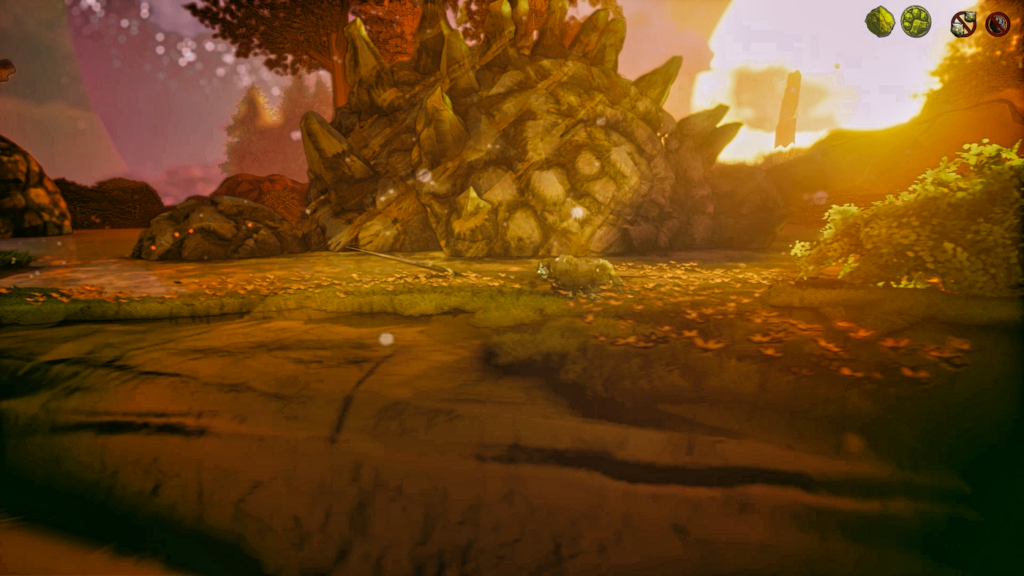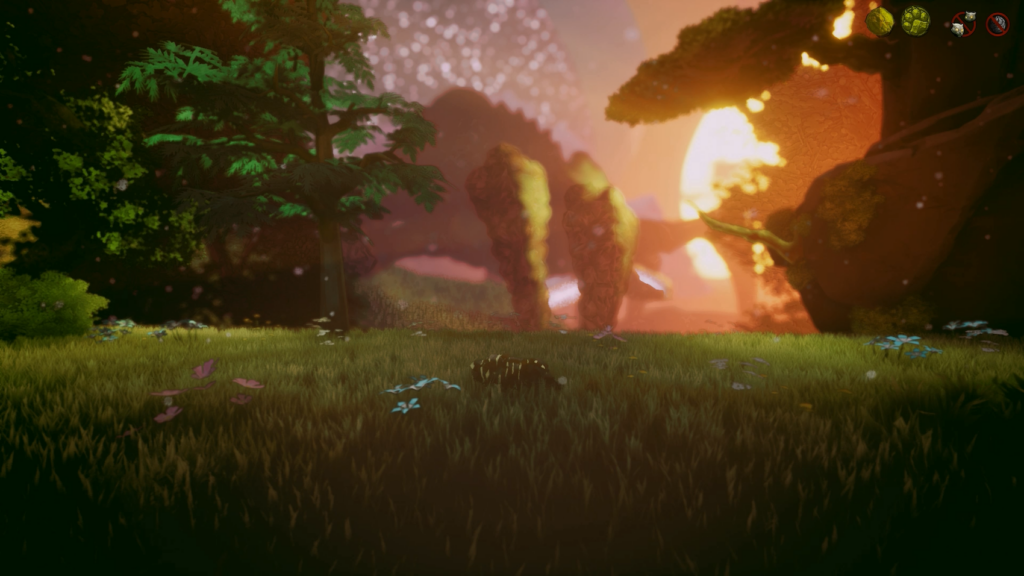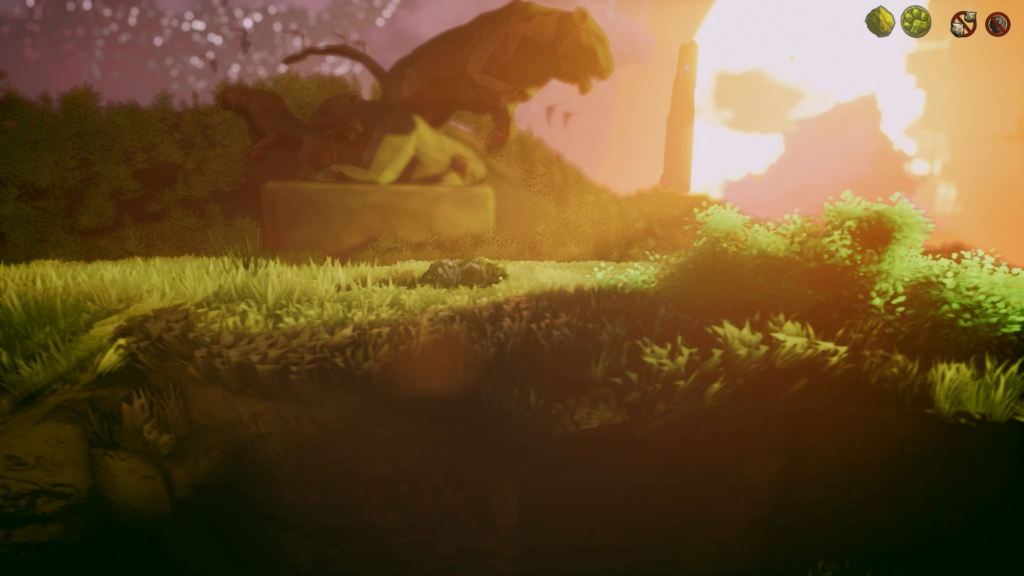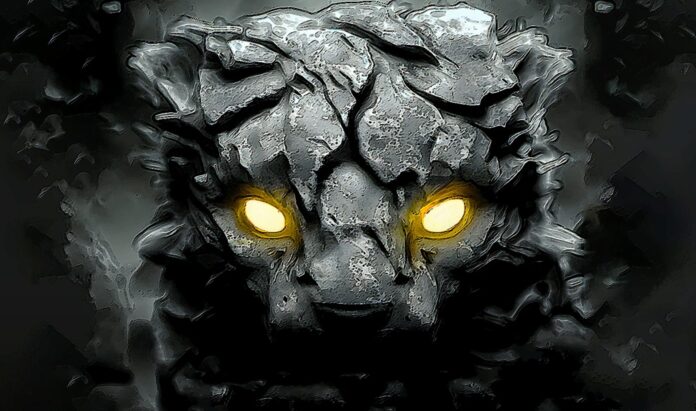Hungarian solo developer Csaba Putnai has poured over 3000 hours into his latest project, The Last Three. It’s his second game after the release of his debut, Bob A Thousand Lives, which he developed in his forties. The Last Three is a game about the last stone tiger family that lives deep in a magical forest. They are the guardians of balance in the mystical creatures’ realm. When the mother is abducted by dark forces, the father and cub embark on an adventurous journey to rescue her.
Despite his dedication in development, Putnai finds himself navigating the daunting task of gaining visibility in the crowded gaming industry. “Marketing, unfortunately, hasn’t gotten any easier and I still don’t feel comfortable in this area,” Putnai confesses. “The truth is, the world of marketing is not my world and it’s not easy for me to effectively reach the audience.”
The concept for The Last Three stems from Putnai’s fascination with resilience and the complexities of human relationships. “The idea originated from my long-standing interest in how we cope with difficult situations and the role human relationships play in this,” he explains. “The Last Three combines these two themes: perseverance and the power of relationships are at the forefront, while players find themselves in a unique, challenging world.”
Deliberate difficulty
Through the game’s design, Putnai weaves subtle commentary on modern society. “Some scenes and the overall atmosphere highlight how we look away from the destruction of our environment, while technological progress and social alienation gain more ground,” he says. Even the game’s difficulty is a deliberate choice to illustrate these themes. “I cannot deny that I try to convey the weight of these themes through the game’s difficulty level. As a result, The Last Three may present a slightly greater challenge than average, but it is still much easier than Bob.”

Putnai’s dedication to his vision is unwavering. Every element of The Last Three, from the flowing visuals to the moving soundtrack, was developed solely by him. “Yes, I developed the game entirely on my own, realizing every aspect of it myself,” he shares. “Personally, I feel that I can only truly function well in the creative process when I don’t have to meet anyone else’s expectations. Only in this way can I fully focus on my own vision and be sure that every decision aligns with my ideas.”
Many sacrifices
Funding the game from his own budget, Putnai reveals that time was the most significant cost. “I spent over 3000 hours developing it, and while there weren’t significant financial implications, the amount of time and energy I invested in the project required many sacrifices.” While working alone allows him complete creative freedom, it comes with its own set of difficulties. “Solitude constantly presents a challenge, as it lacks the fresh perspective and external input that could help guide new directions,” he admits. “The biggest difficulty is that my own perspective isn’t always enough, and having multiple viewpoints is an irreplaceable help in making decisions.” Thankfully, there’s always social media. “I have social media platforms where I receive great feedback about the game, which reassures me that I’m on the right track.”

Putnai is particularly pleased with how well all aspects of the game came together in the end. “I am perhaps most proud of how the storytelling, visual design and music work together as a unified whole in the game,” he says. “Each of these elements serves to immerse the player in this unique world and create an emotional connection with the characters and the story. I wanted every detail to support the player’s experience, and I feel that I have achieved this.”
Captivating atmosphere
The game’s visual style is distinct, designed to transport players to a tranquil, captivating environment. “The visual style actually developed in this direction quite naturally,” Putnai reveals. “I have always been able to immerse myself in worlds of this style and I felt that this was the best way to guide the players to a place where the details and atmosphere completely captivate them. I didn’t want to create a loud, flickering, aggressive world that echoes today’s fast-paced, chaotic, and frantically pulsing world, but rather a calm, pleasant environment where players can comfortably lose themselves.”

Reflecting on the development journey, Putnai acknowledges the importance of adaptability. “The most important lesson I’ve learned during the development of the game is that every project is different, and there is no one-size-fits-all solution,” he says. Putnai’s experience with Bob A Thousand Lives offered him valuable insights. “With Bob, I made every possible mistake, and while I learned painful lessons at the time, I now see things from a different perspective. I started The Last Three with more preparation, and the most important thing I’ve learned is that discipline and thoughtful planning are essential, but one must never forget flexibility. Life and development are full of unexpected turns, and you can only truly grow if you are able to adapt and learn from your mistakes.”
The Last Three is out now on Epic Games Store

